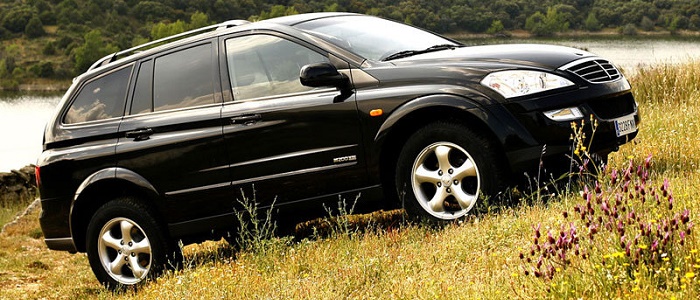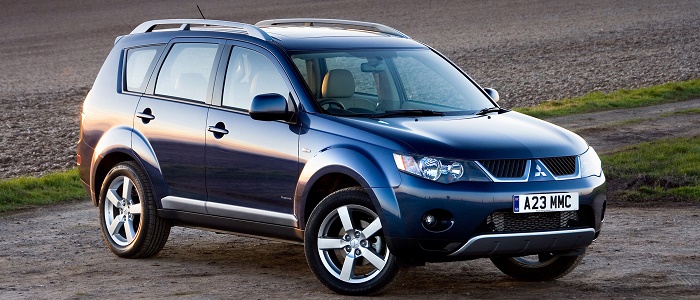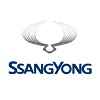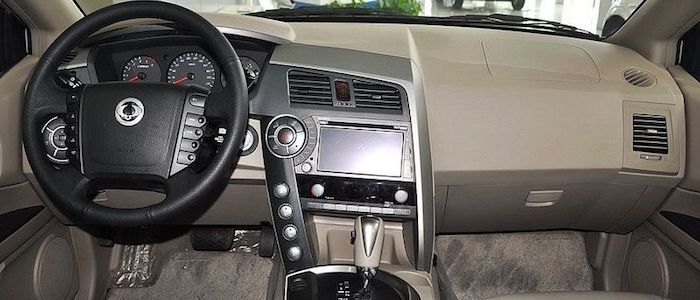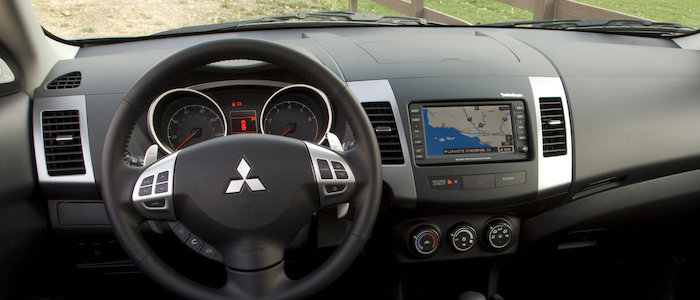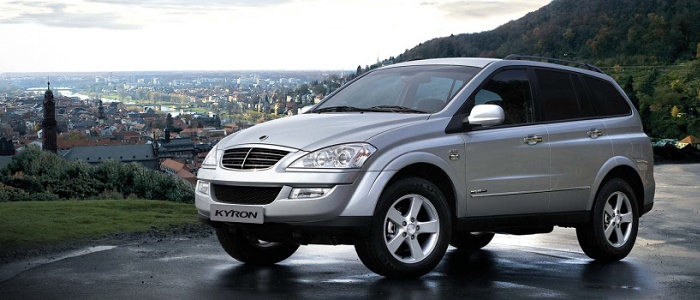Compare two cars
Compare any two cars and get our Virtual Adviser™ opinion
Dimensons & Outlines
Check vehicle history
Engine
2.0 OM DE20
Performance (manual gearbox)
Performance (automatic gearbox)
Expenses
Virtual Adviser's™ opinion
Well, these are two pretty similar cars we have here! It's only details that could potentially make the difference. Considering they both belong to the suv segment and utilize the same 5-door suv body style and the 4 x 4 wheel drive system, it all comes up to the specific diesel engine choice they offer. The first one has a SSangYong-engineered powertrain under the hood, a 4-cylinder, 16-valves 141hp unit, while the other one gets its power and torque from a 4-cylinder, 16-valves 140hp engine designed by Volkswagen.
SafetyThe fact that the Mitsubishi got tested by the European New Car Assessment Programme (Euro NCAP), while the other contender didn't, offers a slight advantage, as the 4-star rating is better than none. That aside, let's consider some other aspects which affect safety. Both vehicles belong to the suv segment, which is generally a very good thing safety-wise, still it doesn't help us solve our dilemma, does it? Furthermore, if we'd like to consider vehicle mass in this context too, which we definitely should, the Korean car offers a considerable difference of 14% more metal.
ReliabilityReliability is not the best thing to consider on the make level, but it is worth mentioning that Mitsubishi does have a slight advantage, when all the models are taken into account. These are the official statistics, while our visitors describe reliability of SSangYong with an average rating of 4.3, and models under the Mitsubishi badge with 4.6 out of 5. Independent research findings rank Kyron as average reliability-wise, and Outlander is more or less at the same level.That apart, owners of different cars powered by the same engine as the Korean car rank it on average as 4.3 out of 5, exactly the same as the other one.
Performance & Fuel economyMitsubishi is way more agile, reaching 100km/h in 3.4 seconds less than its competitor. In addition to that it accelerates all the way to 187 kilometers per hour, 20km/h more than the other car. When it comes to fuel economy the winner has to be the Japanese car, averaging around 6.9 liters of fuel per 100 kilometers (41 mpg), in combined cycle. We can't ignore that 16% difference compared to the Korean car.
Verdict
Mitsubishi appears just a bit more reliable, although the difference is truly marginal. The most important thing when deciding between any two vehicles should always be safety, both passive and active. In my opinion, everything taken into account, the Japanese car offers significantly better overall protection, taking the lead here. It all continues in the same direction, with Mitsubishi outracing its opponent in any situation possible, making it better choice for boy racers. To make things even better, it consumps less fuel! All together, there's not much more to say, in this case I wouldn't even consider anything but Mitsubishi. Nevertheless, let's not forget that people have different preferences and needs, so what really counts is your personal feel. I'm only here to help. I suggest you spend two more minutes in order to find out which car, based on your needs and budget, would be picked by the virtual adviser™, among more than 12.000 different ones in our database.
Related articles
SSangYong... Brand with the name so appealing I would place it, on a marketing success scale, right there next to Pyongyang. Couple of years back, even I thought it was a Chinese company, and when I finally found out it was actually produced in Korea, I was 100% sure it was the North one...























